When one man was out in his yard digging around, he came across a discovery that completely dazzled him. The object was an incredibly odd shape and he couldn’t figure out what it was. For years, the man kept the object on his windowsill where he admired it. However, he was completely shocked when he saw a similar object on display at a museum in Germany. Now archaeologists around the world are still trying to figure out what this ancient ‘fidget spinner’ was used for!
20. Digging Around

Image: CBC
One hot August day back in 1987, Brian Campbell was in his backyard in Romford, East London, digging around. Campbell was attempting to refill a hole that an old tree stump that he had removed had left behind. However, he was caught off guard when his shovel hit something metal…
19. A Strange Discovery
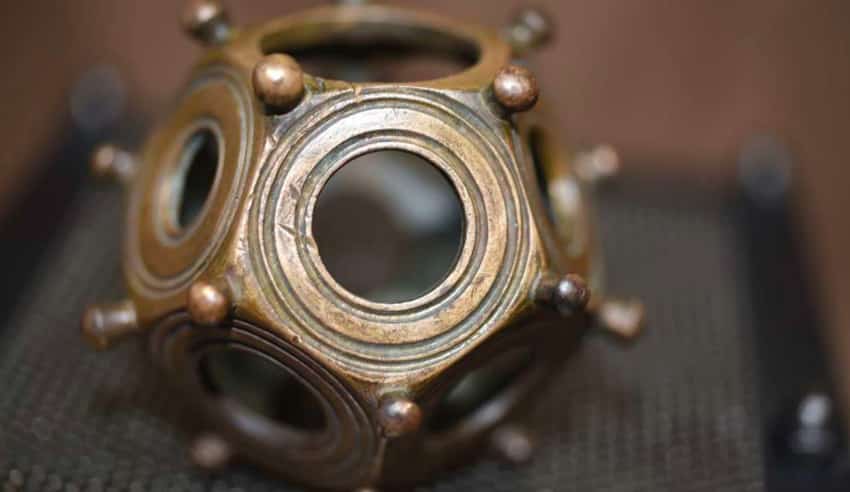
Image: Mental Floss
Campbell immediately reached down and dug out an incredibly strange object. The object was smaller than a tennis ball but it was the most unique thing he’d ever seen! “My first impressions,” Campbell told Mental Floss, “were it was beautifully and skillfully made … probably by a blacksmith as a measuring tool of sorts.”
18. Keeping It
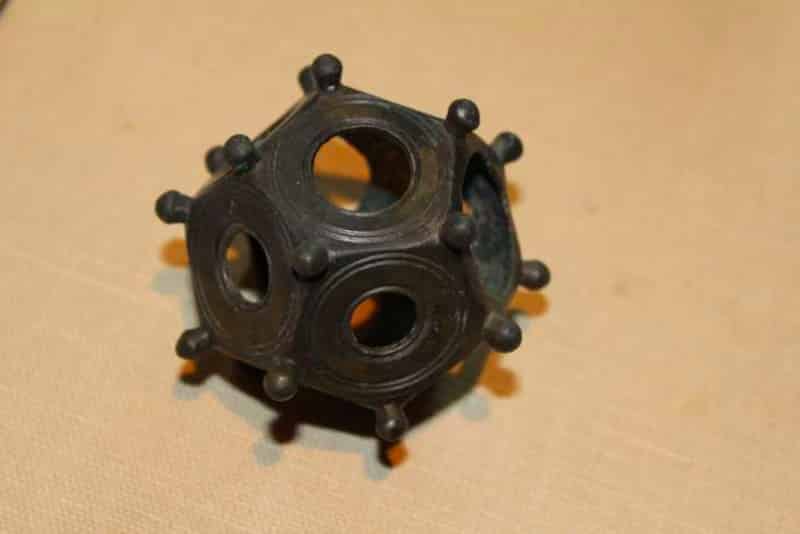
Image: Mental Floss
Campbell decided to keep the unique object and placed it on his kitchen windowsill where it would sit for the next 10 years. Then one day, Campbell decided to take a trip out to Germany and visited a Roman fort and archaeological park in Saalburg, Germany. He was shocked when he saw the same object that he had discovered sitting on display in the park. So what is this object!?
17. The Object
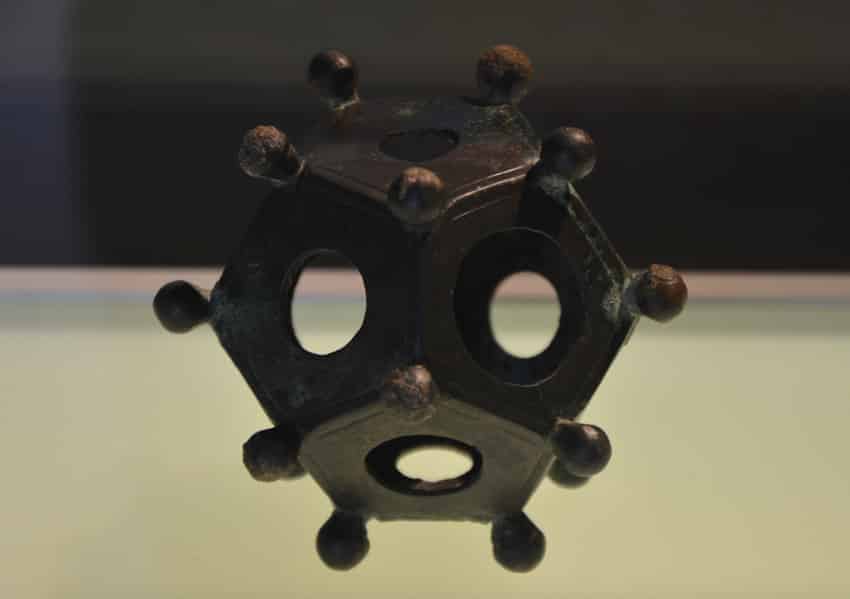
Image: Flickr
It seems that the mysterious object that Campbell had discovered was a Roman dodecahedron: a 12-sided metal object that archaeologists cannot figure out. Although archaeologists have attempted to make sense of this object, there is still no set answer on what they were used for. The object remains a serious mystery in the archaeological world…
16. 300 Years Ago
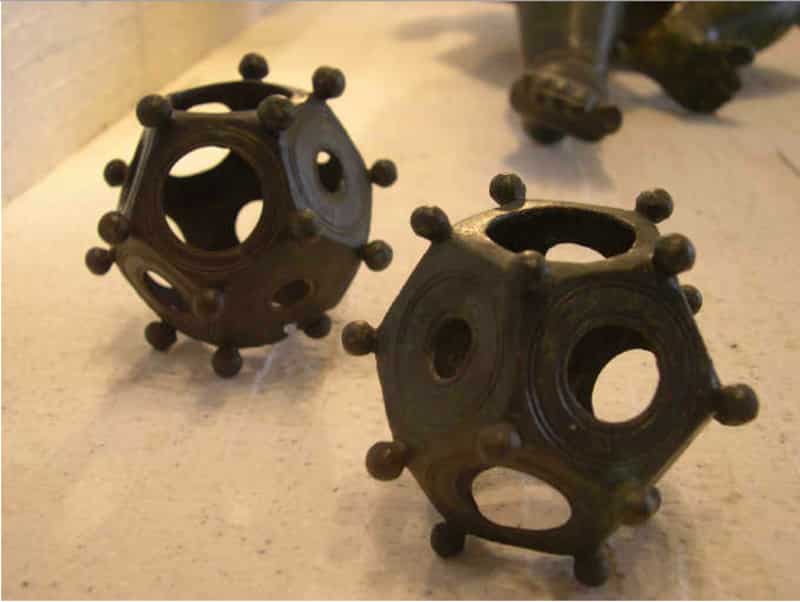
Image: romancoins.info
The first ever Roman dodecahedron was discovered nearly 300 years ago as it was buried in a field in the English countryside. “A piece of mixed metal, or ancient brass, consisting of 12 equal sides,” the description of the object read when it was presented to the Society of Antiquaries in London in 1739. Everyone was confused by the object…
15. 12 Sides

Image: theculturetrip.com
The 12 sides all had “an equal number of perforations within them, all of unequal diameters, but opposite to one another … every faceing had a knobb or little ball fixed to it.” However, this wouldn’t be the last dodecahedron that would mystify archaeologists. As more were discovered they eventually got the name dodecahedron after the Greek phrase for “12 faces.”
14. Huge Mystery

Image: http://wb12.english-heritage.org.uk
The dodecahedron has remained a huge mystery as no one can figure out what it does through the shape of it. What’s even more odd is that there is no written evidence of them ever having existed. With no historical sources on the object, historians have been left grasping for theories on the object.
13. Intriguing Theories
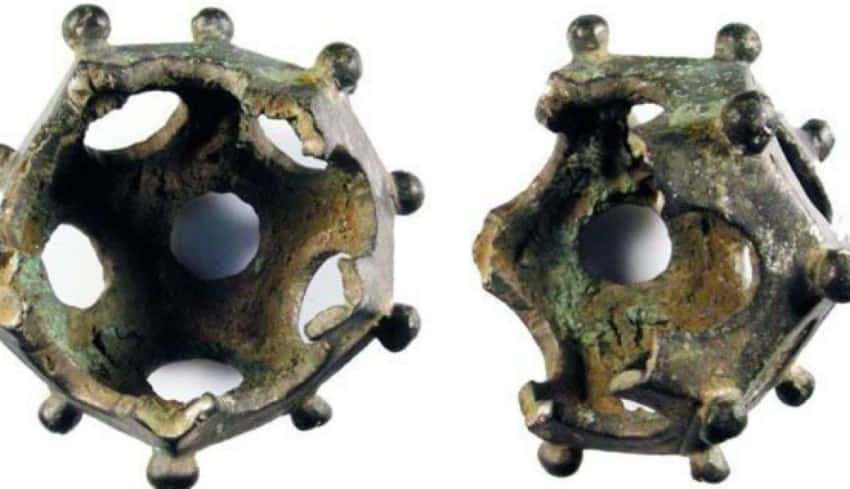
Image: foxnews.com
There have been a plethora of theories surrounding the dodecahedron. Some of them include theories that it was used as a military banner ornament to a candleholder. However, there has been one theory that has overruled many of the others.
12. A Type Of Weapon

Image: Mental Floss
By the 19th century, historians came to a general agreement that the object was most likely used as a type of weapon. They theorized that the dodecahedrons were a type of weapon, possibly the head of a mace (a type of club with a heavy head), or a metal bullet for a hand-held sling. However, this theory was quickly discredited when other scholars stated that the object was too light to inflict any damage.
11. Still Guessing
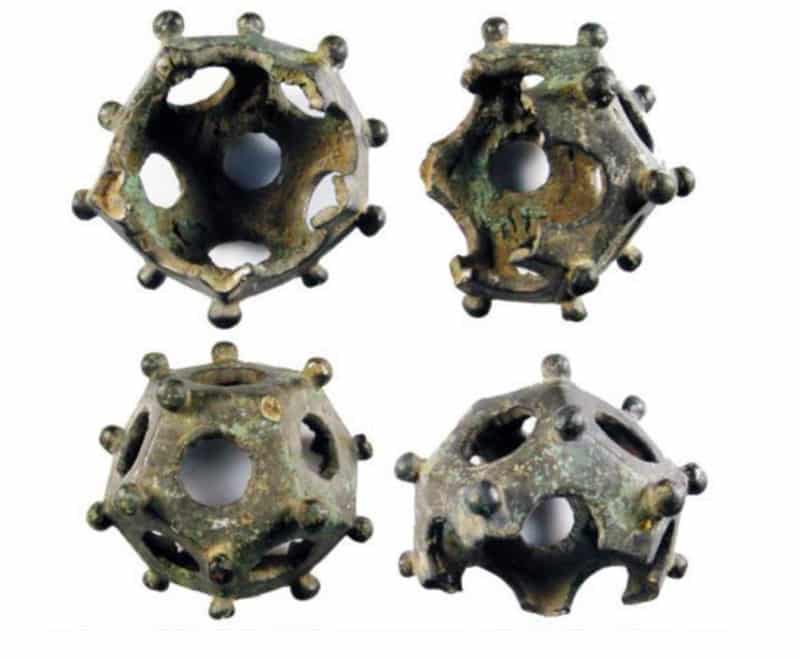
Image: Ancient Origins
Still, scholars attempted to solve the mystery and began to wonder if maybe the object was a toy of some sort. Their shape resembles that of a dice and gambling was a big Roman pastime. However, according to Mental Floss, “most Roman dice were six-sided, smaller, and carved from solid wood, stone, or ivory. Plus, the differently sized holes on each face of the dodecahedrons makes them useless as dice.”
10. Cultural Significance

Image: http://www.imperium-romana.org
Other scholars have questioned if the dodecahedron was an item with significant cultural and religious use. “Divination or fortune-telling was popular throughout the Roman empire, and the 12 sides of the dodecahedrons could suggest a link to the astrological zodiac,” Mental Floss explains. However, all of the talk surrounding this object is still just speculations.
9. Speculations
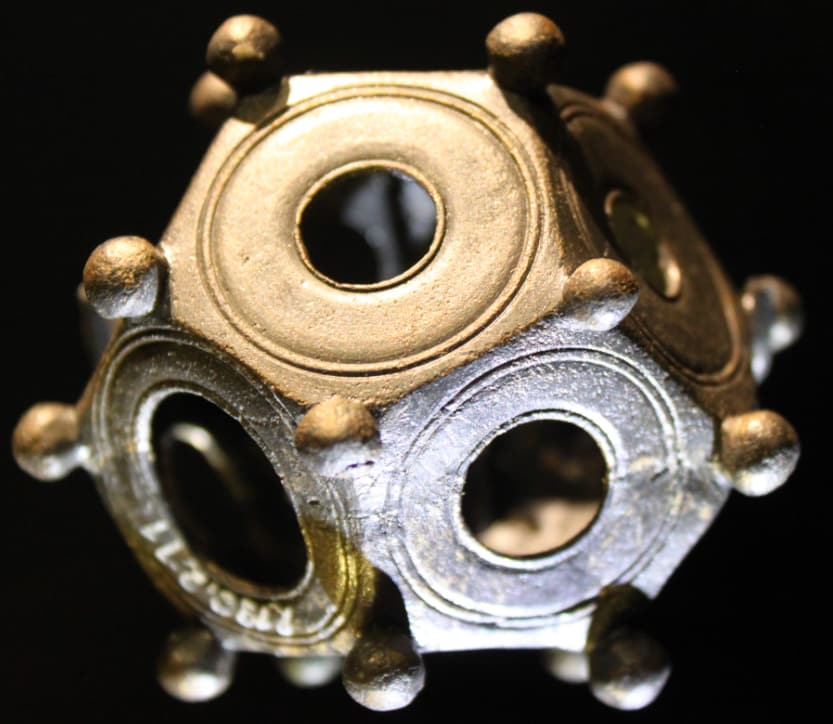
Image: Ancient Code
Rüdiger Schwarz, an archaeologist at the Saalburg Roman Archaeological Park near Frankfurt in Germany, has spoken out about many of the theories surrounding the object. “We have no sources from antiquity which give an explanation of the function or the meaning of these objects,” Schwarz says. “Any of these theories may be true, but can neither be proved right or wrong.”
8. Masterpiece
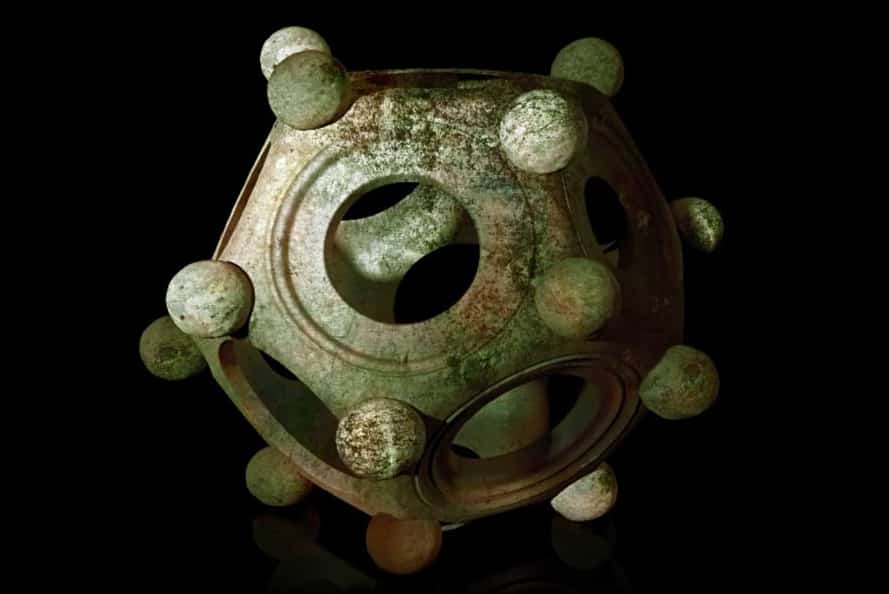
Image: Ancient Origins
Another possible option is that the dodecahedron is simply just a “masterpiece” for a craftsman to just show off his skills. “In this respect, the technical function of the dodecahedron is not the crucial point. It is the quality and accuracy of the work piece that is astonishing,” Schwarz told Mental Floss. “One could imagine that a Roman bronze caster had to show his ability by manufacturing a dodecahedron in order to achieve a certain status.”
7. The Internet

Image: YouTube
However, the Internet loves a good mystery and many people have begun to try and figure out what the dodecahedron could have possibly been used for. Dutch researcher G.M.C. Wagemans has begun documenting his theories on the object. According to Mental Floss, he proposes that “the objects were astronomical instruments used to calculate agriculturally important dates in the spring and fall by measuring the angle of sunlight through the different pairs of holes.”
6. 3-D Printed Models
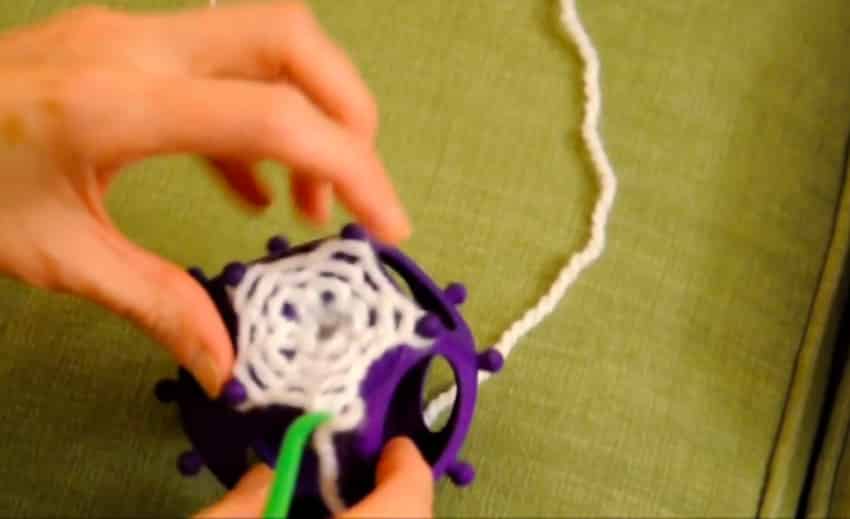
Image: YouTube
Still, many other researchers have begun to invest in solving the mystery as well. Some have printed out 3-D models of the Roman dodecahedrons in order to test out a theory surrounding knitting. There have been theories that the object might have been used to create different sized fingers for Roman wool gloves.
5. Many Museums
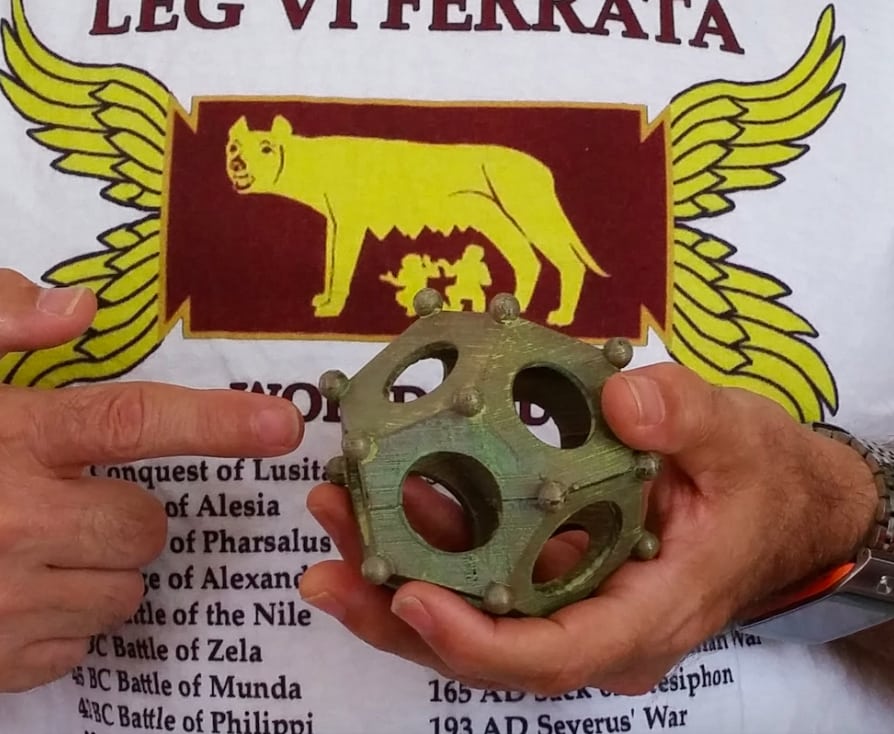
Image: http://www.imperium-romana.org
Campbell, whose curiosity was immediately piqued, began to take the dodecahedron that he found to museums all around London. However, everyone at the museums was just as mystified by the object as he was. Campbell has often wondered what it could be as it sat along his windowsill.
4. Another Theory

Image: www.thevintagenews.com
Although Campbell is pretty sure that he’ll never get an answer as to what the dodecahedron is, he does have another theory. One of the biggest questions has been how Campbell had managed to discover it in his backyard in Britain. Well, Campbell has an answer for that…
3. Campbell’s Theory
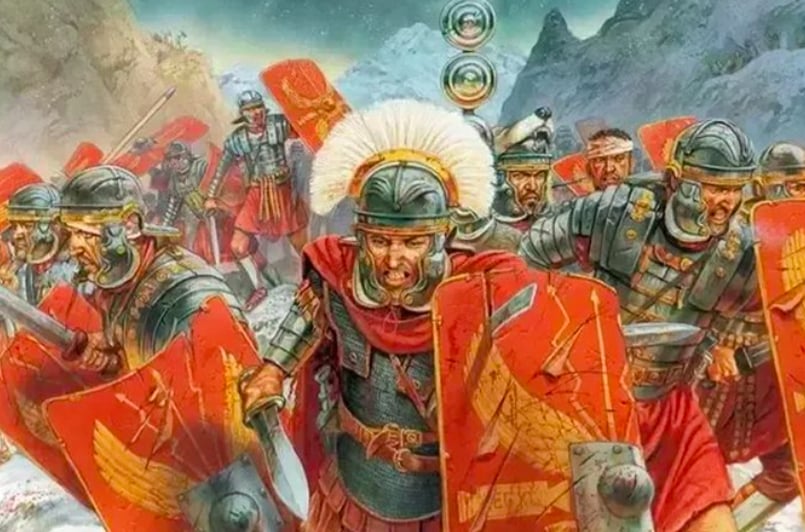
Image: Ancient Pages
“Two thousand years ago, I believe this area was forested and the River Rom’s flood plain was much wider than today,” Campbell says. “I often form a picture in my head of 100 or so Roman soldiers in full uniform bedding down in the area, now the bottom of my garden.”
2. Still Being Found
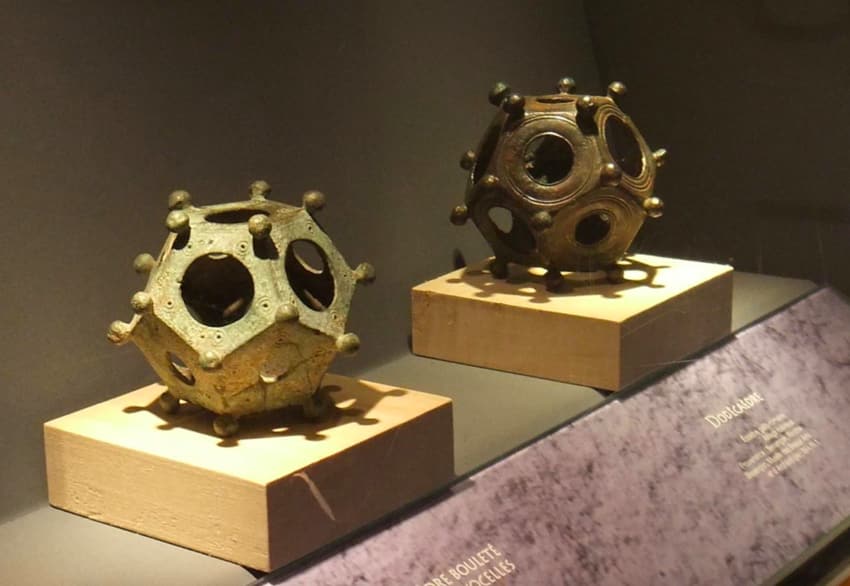
Image: ThingLink
To this day, Roman dodecahedrons are still being found around England. Metal-detectorists who have gone out in search of treasures in Northern England have come across dodecahedrons. There has also been some discovered in France as well.
1. Baffled

Image: Ancient Origins
At this point, it seems that the mystery of the Roman dodecahedron will never be solved. We can only imagine how baffled historians in the future will be when they come across fidget spinners and try to make sense of those!